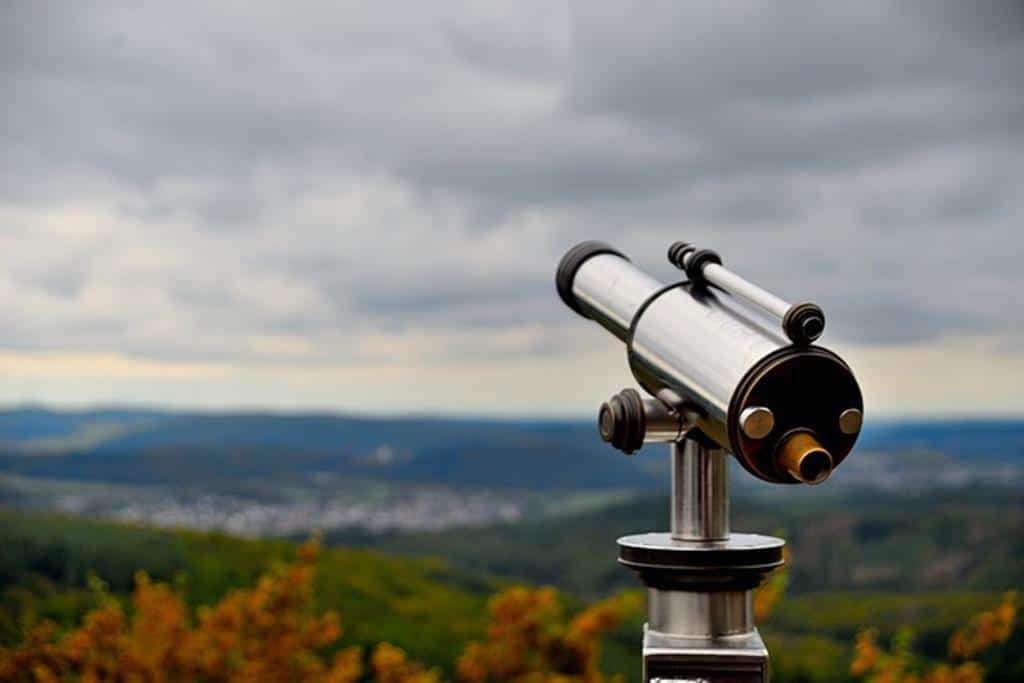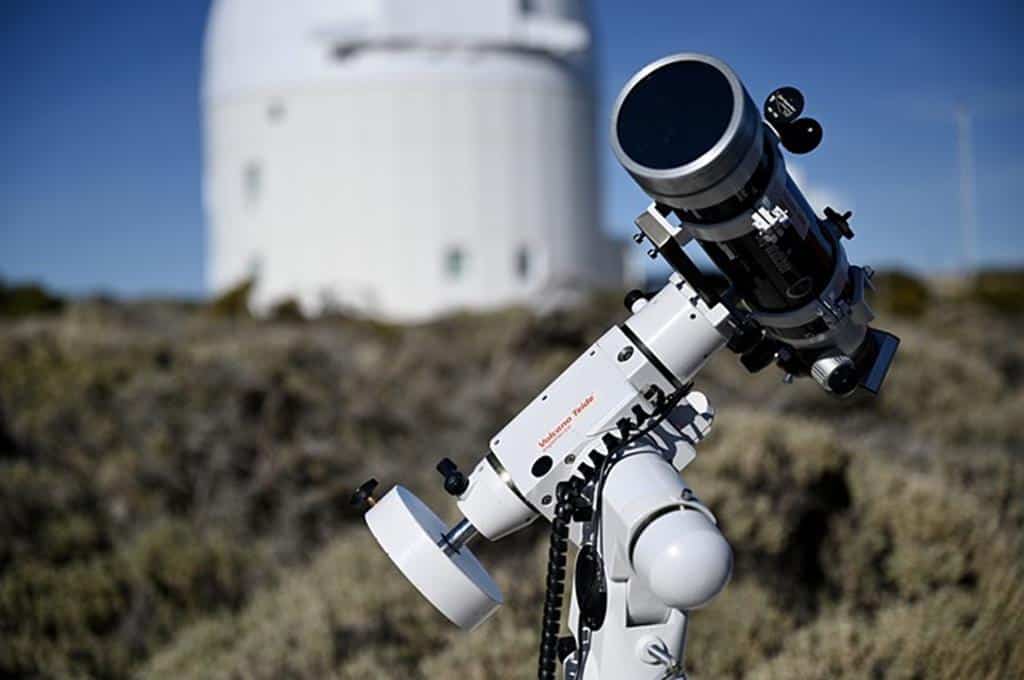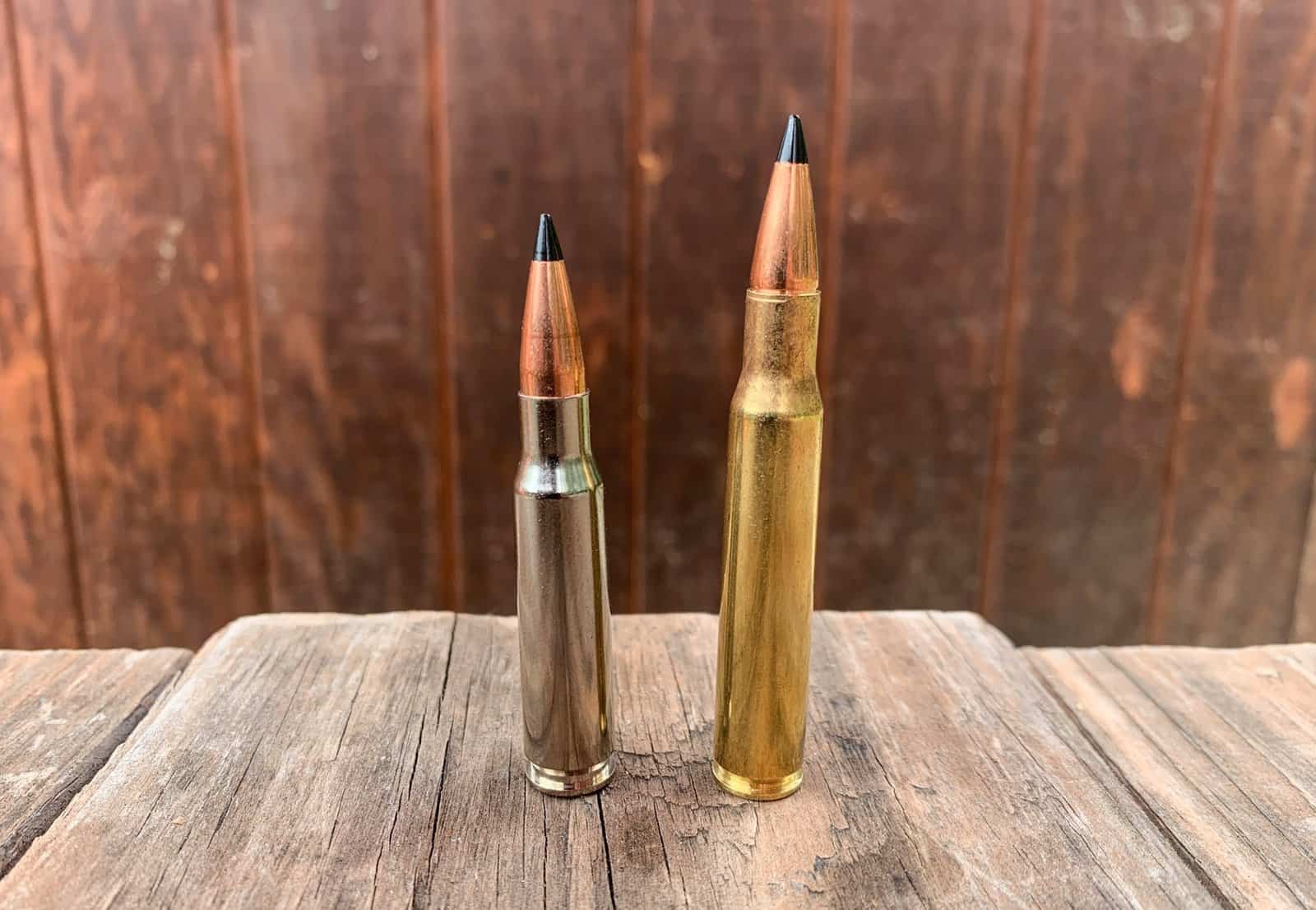Nothing can replace the images of real objects, but with the right camera, you can view these objects as they appear. The spotting scopes are excellent devices for viewing nearby objects and can help to give clear details to them.
For long-distance objects, the telescope will offer excellent work. The telescope and the spotting scope have different functions due to different features. You can use the telescope to carry out the functions of the spotting scope though it is not the most appropriate approach.
Both the spotting scope and telescope are made to cater to different functions, and the telescope cannot fulfill the work of the spotting scope properly because of the functional and structural differences.
Below is a more detailed comparison of why there are functional and structural differences of the telescopes and spotting scope to carry out the same functions.
Magnification power
Telescopes have incredible magnification power together with have high-quality construction to see distant objects. On the other hand, the spotting scope has lower magnification to see closer objects like animals and details information of objects very close. Nevertheless, the magnification level is not high, like that of a telescope. For comparison, the spotting scope’s magnification power is between the binoculars and telescope.
The best telescopes can offer you up to 500x magnification. By changing the eyepiece, different magnifications can be obtained with the same telescope. In a real sense, you can achieve the magnification of 500x with the smaller telescope. Nevertheless, the problem with the smaller telescope is that it does not receive enough light. The target object will become shaky and unclear. In contrast, the spotting scope offers about 60x magnification. Atmospheric environments like wind, heat waves, dust particles, etc. can influence the magnification of the spotting scope when it goes beyond 60X.
Lens size
The telescope and the telescope have two lenses that include the primary or objective lens and secondary lens. When the lens is larger, more light will be gathered, giving a clearer and brighter image. The size of the secondary lens is crucial for the quality of the image. When you talk about the spotting scope, the secondary lens’ size is marked after “x” in the specifications. In contrast, telescopes typically contain a lens size concerning the model number.
The lens size for the spotting scope is between 45 and 100 mm. Since we use the telescope to view the night sky, it needs a larger size of the lens than the spotting scope. The telescope is generally between 60 and 140 mm wide, but it does not mean 140 mm is a limit because there are telescopes with the larger aperture on the market.
Image orientation
When it comes to the orientation of the image, the telescopes differ from the spotting scope. Typically, there are various types of telescopes, for example, refractor telescopes, reflector telescopes, etc. With the reflector telescope, the orientation of the image is inverted. The reflector telescopes give the horizontally flipped images. Generally, these occurrences are not so important for astronomy. However, this is a crucial factor in bird watching.

Zoom
One feature which differentiates the telescopes from the spotting scope and this makes their functions different is the variable ability of zooming. This assists in observing the moving object in the distance, like a flying bird or a running cheetah. When it comes to the telescope, the magnification is much fixed alter the magnification. This means you need to change the eyepieces. The spotting scope has a better zooming experience when compared to the telescopes.
Portability and weight
The spotting scopes are portable and easy to carry. They generally weigh less than the telescope. The spotting scopes are ideal if you want to travel light. Alternatively, telescopes are different from the telescopes when it comes to portability. The telescopes need to collect a lot of light to view objects in a night sky. Typically, to achieve this, telescopes must have a larger aperture. This, in turn, means that the telescopes are larger and weigh more than the spotting scopes.
Field of view
Typically, the field of view means the area one can see through a scope. The field of view and magnification are inversely related. This means the field of view is smaller at higher magnification and vice versa. Because telescopes have greater magnification when compared to the spotting scope, also the field of view is much smaller than the spotting scope.
Image stability
The spotting scopes and telescopes need stability for optimal performance. With the spotting scope, you can work without the tripod. Nevertheless, the operation of the telescope requires a stable base or a tripod. The image is blurred and unstable at higher magnifications. The only way to avoid this is to ensure that the telescope does not wobble or shake during viewing. This is not possible without a stable tripod.
Close focus
The close focus is a minimum distance between the object and the optic so that the lens can focus clearly on the object. If the focus near the lens is ten feet, then the object must be not less than ten feet from the lens to get a clear image. The spotting scope typically has a 6-foot close-up. However, the telescopes have more than these for them to observe very distant terrestrial objects. Therefore, you will not find any important use of a telescope to view terrestrial objects.
Viewing angle
Generally, the spotting scopes have two types of eyepiece settings, which include angled and straight settings. For the angled eyepiece setting, you can tilt the eyepiece either 90 degrees or 45 degrees from one point. With the spotting scope, it has the adjustable eyepieces with the eyepiece setting being 45 degrees or 90 degrees. When it comes to the telescope, it has angled eyepieces, which make it more comfortable and easier.
Classification
Telescopes are divided into several types. Some types of telescopes include refractor telescopes, and reflector telescopes, among others. These are the main types, but in the current market, you will see many other types, like Newtonian reflector telescope, Cassegrain Telescope, Dobsonian Telescope, etc. The spotting scope, on the other hand, is not classified as the telescopes.
Related Post:
How Are Telescope Eyepieces Measured?



